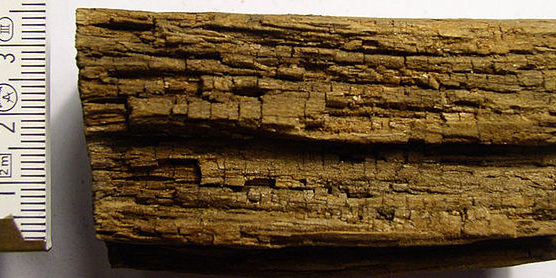When it comes to rot, you cannot be too careful. Both types of rot can cause terrible damage to a property, and should be identified and treated as a matter of urgency. As soon as you notice the signs, it is time to engage the services of a surveyor. A trained chartered surveyor will assess the affected areas and will provide you with an accurate diagnosis, along with advice on the next steps.
Both wet and dry rot are caused by fungal spores that are already present in the timber, but have lain dormant until moisture levels reach the level required for activation.
So what are the differences between wet rot and dry rot? Let’s take a look.
Learn about what causes damp walls in your house and what to do about it
What is wet rot?
Wet rot is a general term for numerous species of fungus, the most common being Coniophora Puteana. The fungus is activated when the surrounding moisture content reaches 50%. This moisture can be on the timber itself or other permeable surface in the property, and is usually the result of a leak or water ingress, with the rot more localised to the source of the damp. It’s most commonly found in basements, roofs and timbers around windows. Typically, the leak is external, infiltrating the property through plumbing or guttering, for example.
Though wet rot begins from a localised area, without proper treatment, it can spread and cause major structural damage. Thankfully, however, wet rot does not spread through masonry and its growth will stop when the moisture is removed.
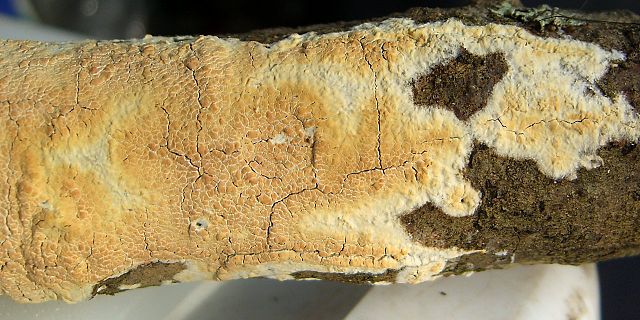
What does wet rot look like?
Visually, wet rot can appear as either white rot or brown rot. The decay caused by white rot tends to take on more of a whitish appearance, as the fungus digests the lignin (a polymer that binds the wood’s cells together, which gives it its natural rigidity) and cellulose in the wood. As it does so, it strips out the wood’s darker colours. This breakdown of the lignin and cellulose is what makes the timber soft and spongy.
Brown rot is another kind of wet rot. It can look a lot more like the timber itself, but with a more brownish appearance to the wood. Brown rot tends to appear on different types of wood from that of white rot, with the brownish hue attributable to the fungus being unable to digest the lignin in these types of wood. When it can’t digest the lignin, it feeds on cellulose and sugars in the wood instead.
It’s not always possible to see wet rot itself, particularly on painted wood, or if the timber is hidden behind a wall. It’s most easily identified by damaged or flaky paint and a musty, damp smell, almost like rotting soil. If you were to stick a screwdriver into the wood and it goes in easily, this is a surefire sign that you are dealing with wet rot.
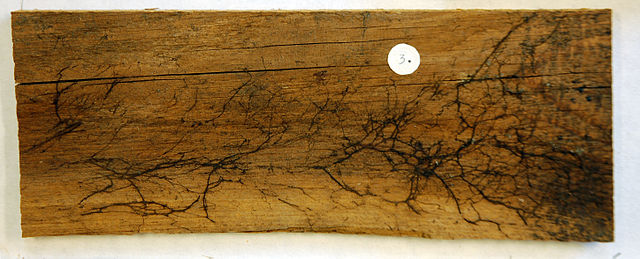
Common signs of wet rot
- A patch of timber that appears darker or white
- Cracked appearance which can crumble to the touch
- Shrinkage, visible as cracks in the timber
- Flaky paint
- Soft, spongy texture
- Damp, musty smell
- Localised fungal growth, including strands of mycelium visible
What is dry rot?
While wet rot can be caused by one of several different fungi, dry rot is only caused by one: Serpula Lacrymans. Dry rot is much more serious than wet rot, is highly aggressive and will easily spread through a whole building, completely destroying the entire structure.
Usually, dry rot is the result of a fault in the building, such as poor ventilation, rising or penetrating damp or leaking gutters and downpipes. As it can germinate under floors and behind walls, dry rot can be quietly spreading and causing damage before the homeowner spots any signs.
Dry rot only requires a 20% moisture level to be activated. It then generates its own continuing moisture as a byproduct of its digestion of the timber.
The good news is that dry rot can be treated with fungicide, but by the time it is detected, the extent of the damage can already be substantial. This is why it is imperative to enlist a surveyor as soon as you notice the signs. It may be necessary to conduct an invasive investigation behind plastering, and it is likely that timber will need to be replaced.
Common signs of dry rot
When dry rot appears in timber, you may notice these symptoms:
- Shrinking of the timber
- Timber appearing dry, brittle and crumbly
- Darker timber than usual
- Split or cracked timber into small cubes
Though hard to see, signs of dry rot under flooring can include the floor feeling ‘bouncy’, dropping away from the skirting boards, or more creaky when stepped on.
When dry rot spreads to masonry, things have reached drastic levels. It can take months or years before signs of the fungus are obvious. If you spot dry rot in timber or flooring, you can usually presume that masonry and brickwork are likely to be affected.
Does dry rot smell?
Like wet rot, dry rot can give off an earthy smell, musty, damp and mushroomy. However, the strength or ‘flavour’ of the smell can vary depending on the extent and location of the problem, as well as the type of wood the rot is feeding on.
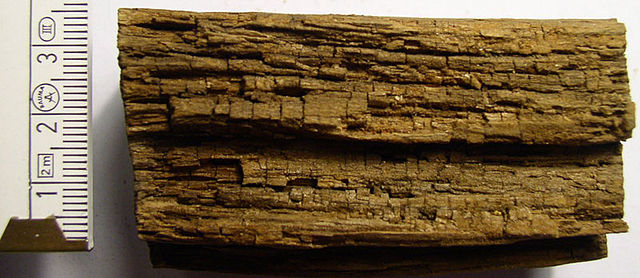
What does dry rot look like?
Often, once you see these signs, you are dealing with an advanced infestation, and immediate action is imperative:
- Red dust from spreading spores – commonly with a fruiting body nearby (i.e. an obvious mushroom-like growth)
- White mycelium, which looks fine and fluffy in appearance. You may also see brittle strands amongst this.
- A greyish-white ‘skin’ with yellowish or light purple patches
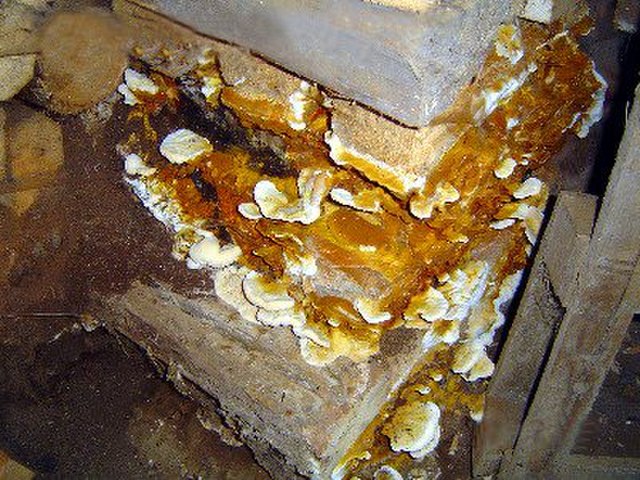
How to treat dry rot
The treatment of dry rot begins with identifying the source of the moisture and cutting it off. Then, the property will need to be opened up to see the full extent of the damage. The infected timber will need to be cut out, all visible spores, mycelium, hyphae and fruiting bodies removed and all timber, old and new, treated with a dry rot treatment fluid, a specially formulated fungicide. This treatment fluid will kill off any remaining dry rot and prevent any future infestation. Masonry, too, will need to be sterilised with a dry rot treatment for masonry and brickwork.
The cost of treating wet rot and dry rot
Dry rot
Though the fungicides themselves are relatively inexpensive, the full cost of treating dry rot also includes a professional survey, as well as new timber and repairs. Unfortunately, there is no easy way of completely eliminating dry rot without a full survey and professional repair work.
Wet rot
As with dry rot, fungicides are relatively inexpensive. It’s also much easier to detect wet rot early, so you may be able to nip the problem in the bud. That is, however, not necessarily the case. You will still need a survey to determine how far the wet rot has spread and professional help to address the cause of the rot at source. There is also a chance that the timber will need to be replaced, as its integrity will have been compromised by the rot.
Getting help with rot infestation
As mentioned above, commissioning a survey from a professional chartered surveyor is vital in the case of both dry and wet rot infestation. This should be your first port of call, as it will help you to determine what type of rot you are dealing with, the extent of the damage, and how it can be fixed. A good local chartered surveyor will also be able to suggest the best professional tradespeople in the area to deal with the issue.
At Robinson Elliott Chartered Surveyors, we are highly experienced with surveys on properties suffering from wet and dry rot. Get in touch with us today to discuss your problem and learn more about how we can help you restore your property to full health.

